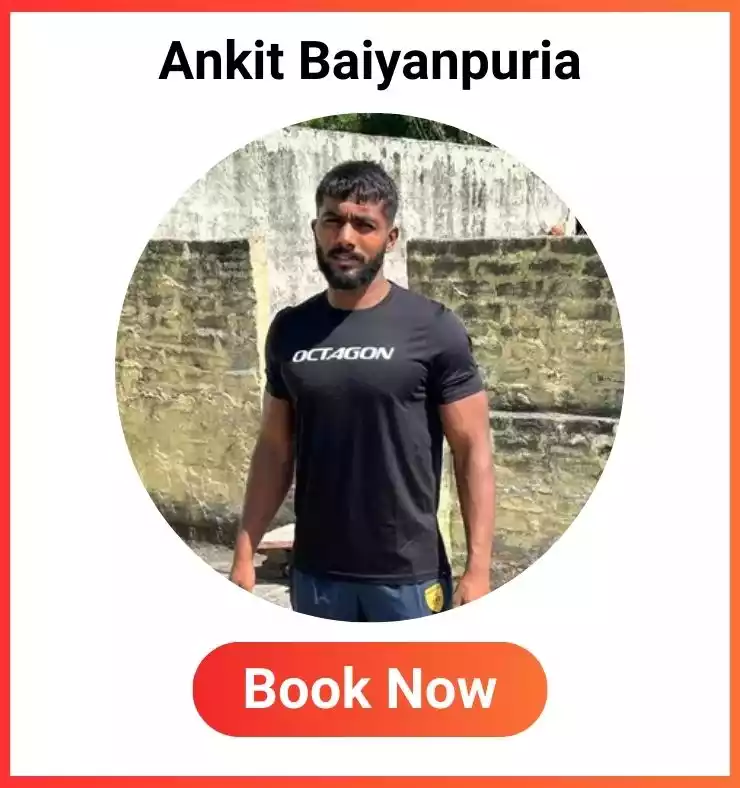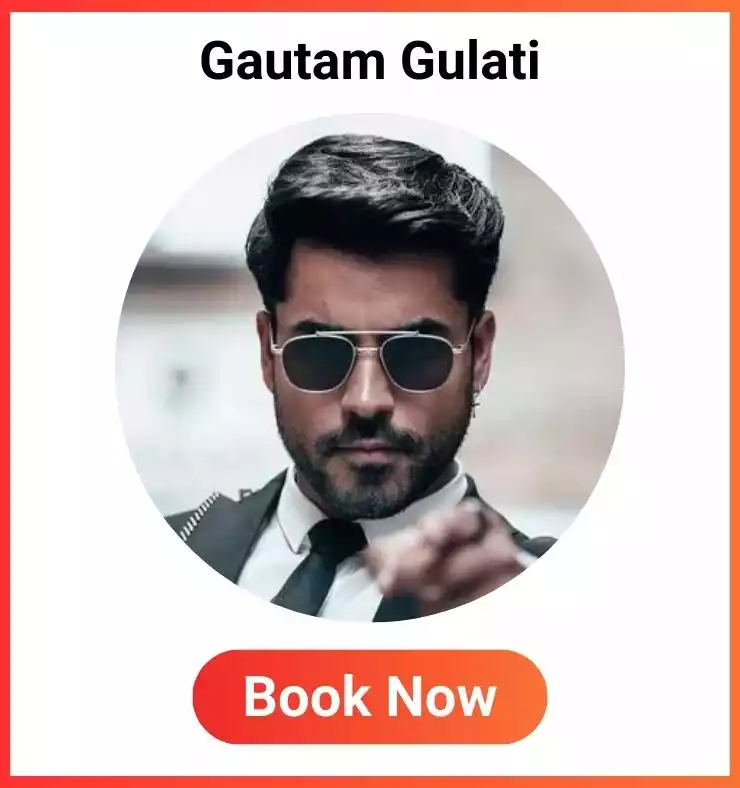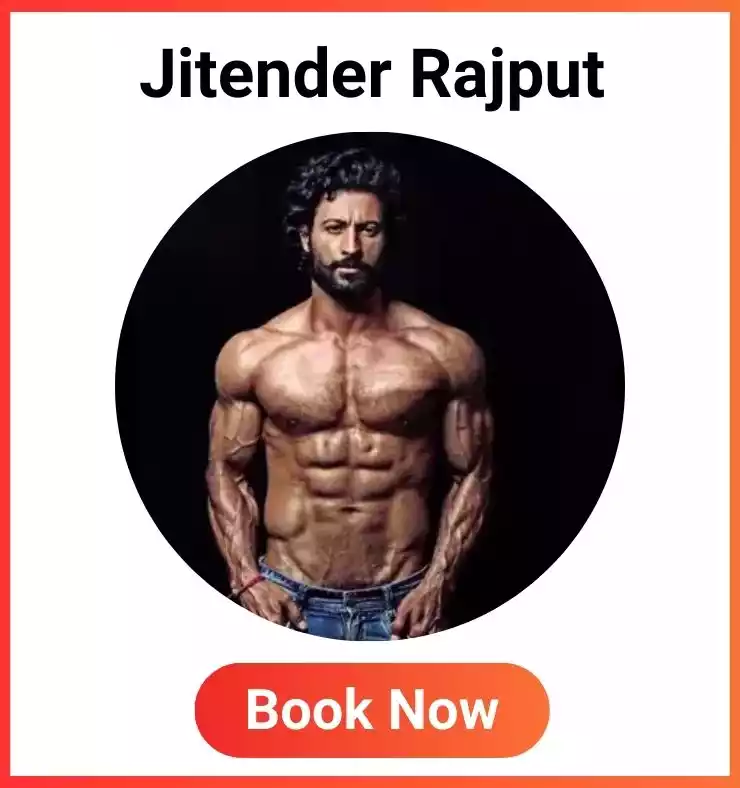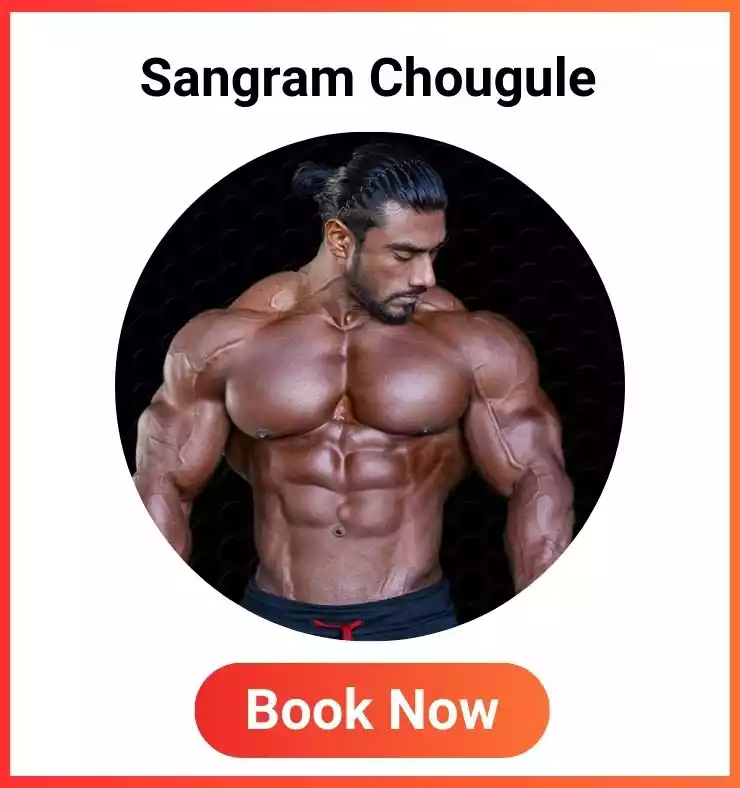Energy Drink Marketing Strategy
Target Market Identification
Identifying the target market is crucial for an effective energy drink marketing strategy. The primary focus should be on young adults aged 18-35 years, including athletes, fitness enthusiasts, students, and professionals. These individuals often lead active lifestyles and seek high performance, energy, and alertness. Understanding the psychographics of this demographic helps in tailoring the marketing efforts to resonate with their preferences and needs.
Unique Selling Proposition (USP)
A strong unique selling proposition (USP) is essential to differentiate the energy drink from competitors. Highlighting unique ingredients, health benefits, and performance enhancement features can attract the target audience. Emphasizing natural ingredients, low sugar content, or unique flavours can further distinguish the product and appeal to health-conscious consumers.
Brand Positioning
Effective brand positioning involves establishing the energy drink as a premium, high-performance product. Using slogans and imagery that convey energy, vitality, and performance can strengthen this positioning. Developing a range of flavors and formulations, including sugar-free and organic options, can cater to diverse consumer preferences. Additionally, eco-friendly packaging can attract environmentally conscious customers.
Pricing Strategy
A competitive pricing strategy with occasional discounts or bundle offers can entice new customers while retaining existing ones. Premium pricing for specialized or limited-edition products can also generate interest and create a sense of exclusivity.
Distribution Channels
Distribution channels should be carefully selected to ensure maximum reach and convenience for the target market. Retail channels such as supermarkets, convenience stores, gyms, and health food stores are essential. Expanding to online platforms, including e-commerce websites and subscription services, can increase accessibility. Vending machines in gyms, sports facilities, and college campuses can provide on-the-go options for consumers.
Promotion and Advertising
Promotion and advertising play a significant role in building brand awareness and driving sales. Digital marketing efforts should include engaging social media campaigns with influencers, creating viral content, and running targeted ads on platforms like Instagram, TikTok, and YouTube. Content marketing through blog posts, workout guides, and lifestyle tips on the company’s website and social media can further engage the audience. Traditional marketing methods, such as TV and radio ads during sports events and shows popular with the target demographic, as well as print ads in fitness magazines, can complement digital efforts. Event sponsorships, such as sports events, music festivals, and fitness expos, provide valuable exposure, while offering free samples at gyms, sports events, and college campuses can attract new customers. Promotional contests and giveaways on social media can increase engagement and brand loyalty.
Public Relations
Public relations efforts should include participating in community events and sponsoring local sports teams to enhance brand visibility and goodwill. Press releases and media appearances can highlight new product launches and brand milestones, keeping the brand in the public eye.
Customer Engagement
Customer engagement is crucial for building long-term loyalty. Creating a loyalty program to reward repeat customers with discounts, exclusive access, and branded merchandise can foster a strong customer base. Gathering customer feedback through surveys and social media polls helps in understanding consumer preferences and improving products.
Performance Metrics
Lastly, performance metrics should be monitored to measure the effectiveness of the marketing strategy. Tracking sales data, social media engagement, website traffic, and customer feedback provides valuable insights. Analyzing the return on investment (ROI) for different marketing campaigns helps in refining strategies and ensuring continuous improvement.
Best Energy Drinks Advertising Platforms
Social Media Platforms
- Facebook: With its extensive user base and advanced targeting options, Facebook allows advertisers to reach specific demographics and interests. Video ads, carousel ads, and sponsored posts can be highly effective in engaging users.
- Instagram: Owned by Facebook, Instagram is ideal for visually appealing ads. Influencer partnerships, Stories ads, and in-feed sponsored posts can create a strong brand presence.
- TikTok: Known for its short-form, engaging video content, TikTok offers a unique platform for creative and viral marketing campaigns. Branded hashtags, challenges, and influencer collaborations can significantly boost brand awareness.
- YouTube: As the second largest search engine, YouTube is perfect for video ads. Pre-roll ads, skippable and non-skippable ads, and influencer partnerships can effectively reach a wide audience.
With the help of celebrity endorsements, brands can get more engagement on their social media ads and can help get more credibility eventually helping in more sales. Click below to feature a celebrity for social media ads.
![button_get-a-celebrity-for-social-media-ads.png]()
Google Ads
Google Ads provides access to a massive audience through search, display, and video ads. Targeting specific keywords and demographics ensures that ads reach potential customers actively searching for related products.
Streaming Services
- Spotify: For audio ads, Spotify offers an engaging platform with targeted advertising options. Sponsored playlists, audio ads, and display ads can reach users during workouts, commutes, or leisure time.
- Twitch: This live streaming platform, popular among gamers, offers opportunities for interactive and engaging ads. Sponsored streams, in-stream ads, and partnerships with popular streamers can create a strong brand presence.
E-commerce Platforms
- Amazon: Sponsored product ads, display ads, and video ads on Amazon can effectively promote energy drinks to consumers actively searching for similar products. Utilizing Amazon's vast customer data allows for precise targeting and increased sales conversions.
![]()
- Flipkart: In markets where Flipkart is prevalent, using its sponsored ads and promotions can help reach a large audience of online shoppers. Advertising on e-commerce platforms ensures visibility directly where purchase decisions are made.
Unique Energy Drink Promotion Ideas
- Virtual Reality (VR) Experiences: Create immersive VR experiences that take users through a high-energy adventure, showcasing the effects and benefits of the energy drink. This could be set up at events, in retail locations, or even as an online campaign where users can use their own VR headsets.
- Augmented Reality (AR) Campaigns: Develop an AR app or filters that allow users to see themselves interacting with dynamic, energetic scenes or even competing in virtual sports events. This can be integrated into social media platforms like Instagram and Snapchat.
- Gamified Fitness Challenges: Launch a mobile app that gamifies fitness challenges. Users can earn points for completing various physical activities, and these points can be redeemed for discounts or free energy drinks. Incorporate leaderboards and social sharing features to enhance engagement.
- Influencer-Driven Live Streaming Events: Partner with popular influencers to host live-streaming events on platforms like Twitch and YouTube. These events can include fitness workouts, extreme sports, or gaming marathons where the influencers consume and promote the energy drink throughout the stream.
![Ankit Baiyanpuria.jpg Ankit Baiyanpuria]()
![Annabel-DaSilva.jpg Annabel DaSilva]()
![Gautam Gulati.jpg Gautam Gulati]()
![Jitender-Rajput.jpg Jitender Rajput]()
![Sangram-Chougule.jpg Sangram Chougule]()
![button_connect-with-influencers-now (3).png]()
- Interactive Pop-Up Stores: Set up pop-up stores in high-traffic areas that offer interactive experiences such as energy level tests, personalized flavor creation stations, and virtual sports competitions. These stores can create a buzz and draw in curious customers.
- Energy Drink Subscription Boxes: Create a subscription box service that delivers monthly packages containing new flavors, exclusive merchandise, and fitness gear. Include content such as workout plans, nutrition tips, and access to virtual fitness classes.
- Eco-Friendly Initiatives: Promote sustainability by launching eco-friendly campaigns. For example, offer a recycling program where customers can return empty cans for a discount on their next purchase or plant a tree for every case sold.
- Collaborations with Fitness Apps: Partner with popular fitness and health apps to offer special promotions or integrations. For example, users who achieve certain fitness milestones could unlock discounts or free products.
- Interactive Social Media Contests: Run social media contests where participants must complete a series of challenges, such as sharing their most energetic moments, creating content around the energy drink, or engaging in a community fitness event. Winners can receive free products, merchandise, or other rewards.
- Energy Drink Branded Fitness Classes: Sponsor branded fitness classes at gyms and fitness centers. These classes can include high-energy activities like spin classes, HIIT sessions, or dance workouts, with free samples of the energy drink provided to participants.
- Customized Vending Machines: Install smart vending machines that offer personalized recommendations based on user preferences and purchase history. These machines can also include interactive screens that provide product information and promotional offers.
- Themed Adventure Races: Organize or sponsor adventure races or obstacle courses themed around energy and endurance. Participants can receive branded gear and energy drinks, and winners can earn larger prizes.
![birthday occasion]() Birthday Gifts
Birthday Gifts
![anniversary occasion]() Anniversary Gifts
Anniversary Gifts
![women]() Women
Women
![men]() Men
Men
![Couples]() Couples
Couples
![Couples]() Wedding Gifts
Wedding Gifts

 Birthday Gifts
Birthday Gifts
 Women
Women
 Men
Men
 Anniversary Gifts
Anniversary Gifts
 Wedding Gifts
Wedding Gifts








 We now support international payments
We now support international payments
